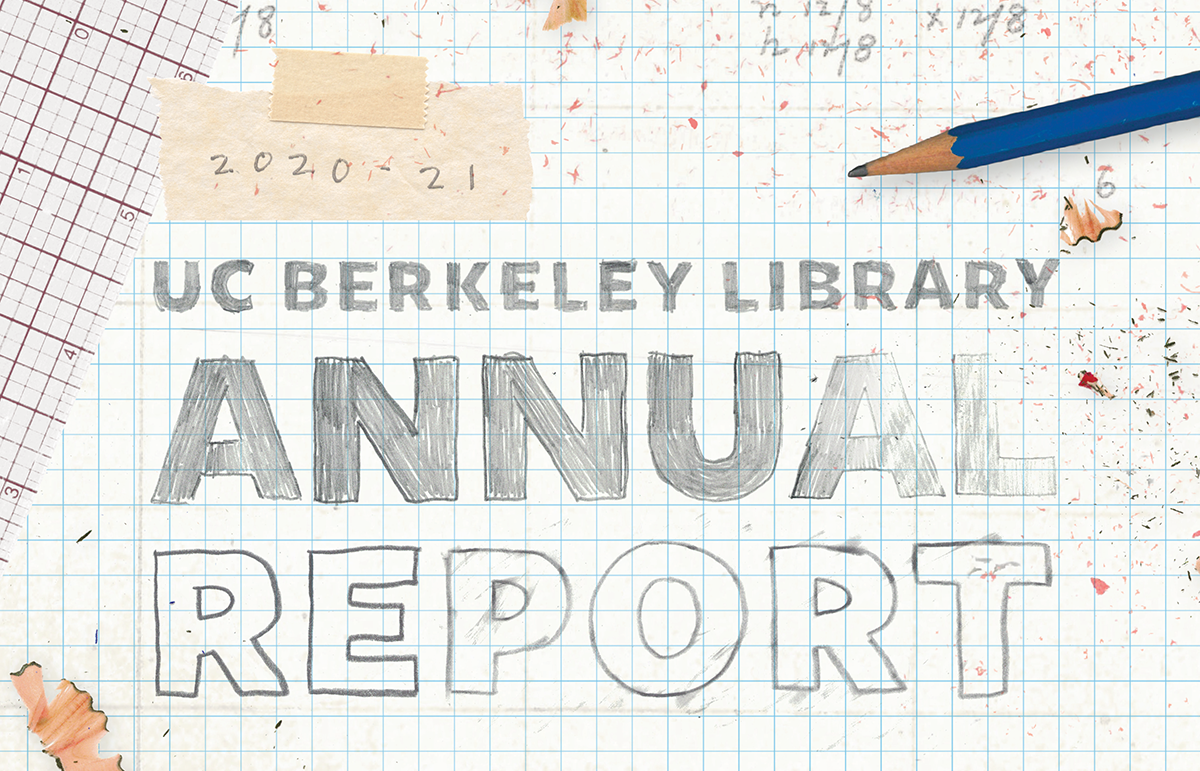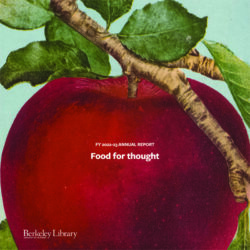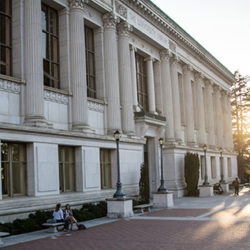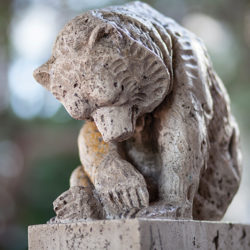In so many ways, this was a year we’d just as soon forget. But at the UC Berkeley Library, forgetting isn’t in our nature.
When COVID-19 entered our lives, we were met with a cascade of emotions and disruptions unlike anything we’d experienced. But, true to our mission, we seized the opportunity to learn and grow. We asked ourselves: How can we build a library that’s better, stronger, and more resilient than before?
The answer to that question takes many forms, from the opportunities born from disruption to the services fine-tuned for a new reality.
The Library has an impossibly long memory. And for good reason: Not only do we serve the needs of today — with foresight, we gather information that will empower scholars, students, and problem-solvers many generations into the future.
So, yes, it might be tempting to forget. But we know the power of remembering.
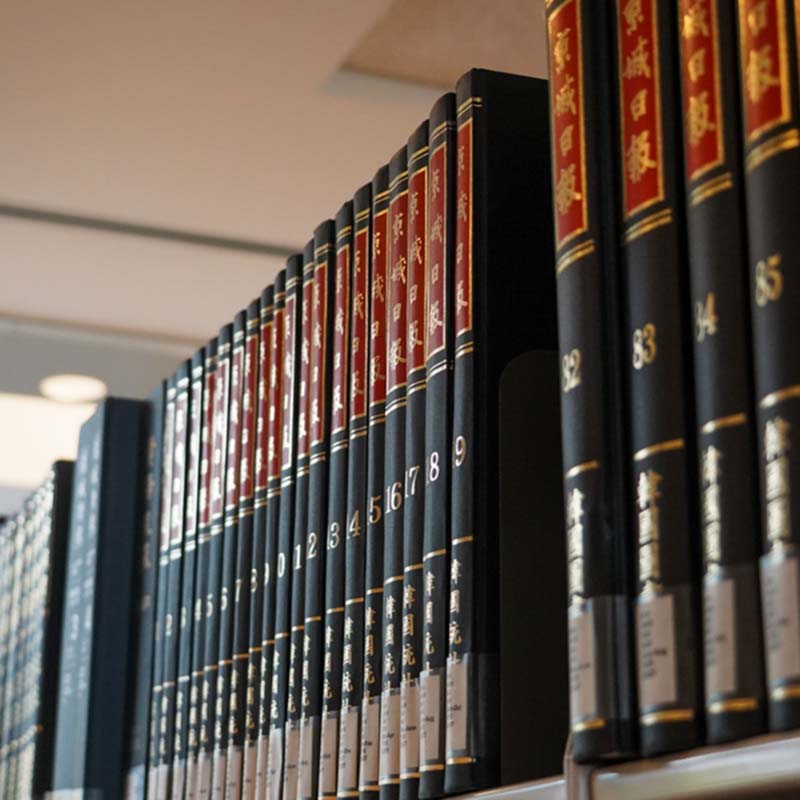
Everything is connected
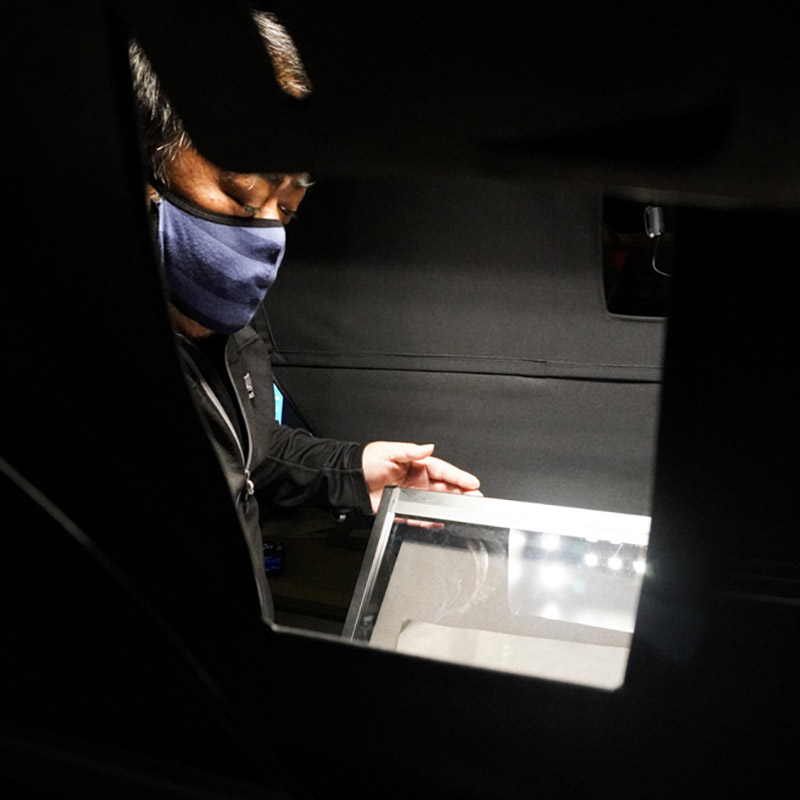
Reserved for everyone
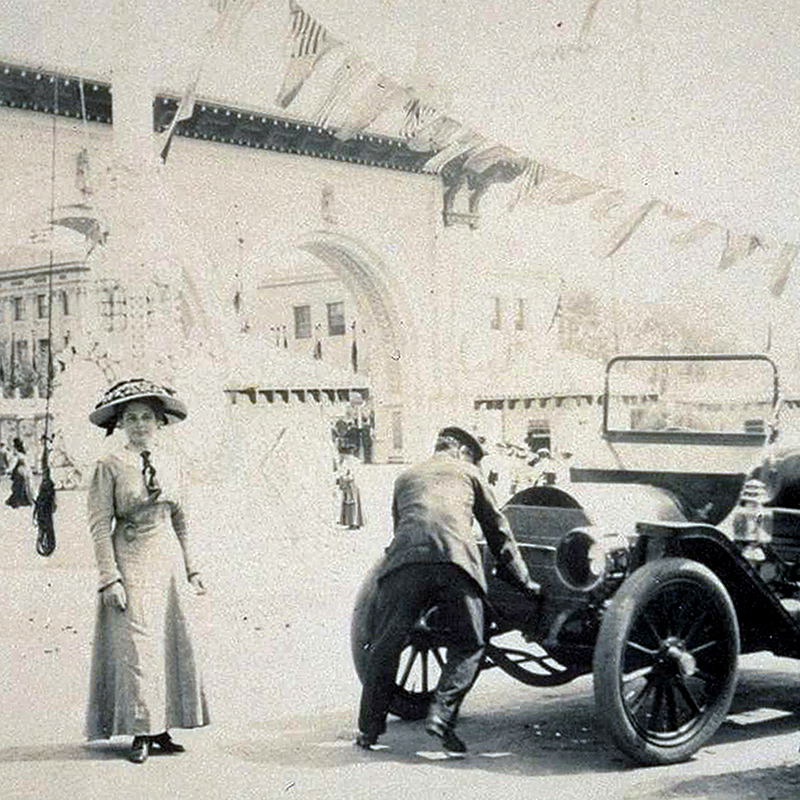
Mysteries solved
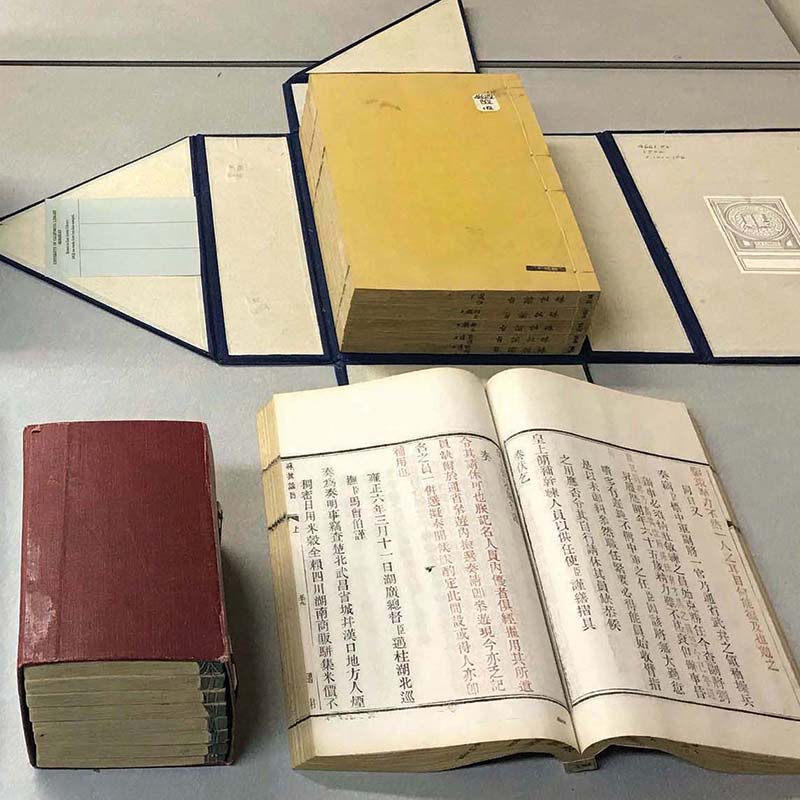
Treasures shine online
As the summer approached, a revolution was just around the corner. The Library was in its final push for the launch of a powerful new platform, the culmination of a massive effort spanning the entire University of California system. As one of the largest public university systems in the world, UC holds a vast collection of resources in its libraries. However, until recently, each campus library had its own catalog, making it hard for patrons to find what they needed if it was held at another campus. UC Library Search, launched in late July, changed all that. The platform unifies Berkeley’s vast collections (physical and digital) and brings the collections of libraries across UC’s 10 campuses together into the same system. It’s a game-changer for students, scholars, and researchers, who now have a one-stop shop for finding and borrowing resources from libraries not just at Berkeley, but across the UC system.
When the pandemic hit, the Library needed to adapt to meet students where they were — that is, everywhere. A new electronic reserves program was born of that need. The fully digitized version of course reserves gave students across the globe seamless access to articles, books, and videos for their classes at no cost. The program provided much-needed financial relief for students amid surging textbook costs, with Berkeley undergraduates estimated to spend $1,118 on books and supplies in the 2021-22 academic year. “These are historic times, where everything has shifted for our students,” says Salwa Ismail, who oversees the e-reserves program as the Library’s associate university librarian for digital initiatives and information technology. “We wanted to ensure that required readings for their classes were one thing they didn’t have to worry about.” In line with its public mission, the Library has also shared its digitized volumes with libraries worldwide.
Have you ever found an old photo in the house and, despite the handwritten note on the back, thought: What is this? That happens at libraries too. During the pandemic, employees in The Bancroft Library’s pictorial unit conducted detective work on obscure historical images, tracking down new details to enhance their searchable descriptions, so the photos are easier to find online.
One silver lining that appeared as the pandemic pushed into year two: a groundbreaking
new partnership with Sichuan University that will enable the digitization of most of
the pre-1912 Chinese language materials in the C. V. Starr East Asian Library’s
collections. The initiative, supported by funding from the Alibaba Foundation, will
bring these extraordinary items to life in vivid detail for researchers today and for
generations to come. “These are priceless materials,” says Peter Zhou, director of the
library. “Some of them are the only pieces of that publication in the world.” Among the
treasures — which include rare woodblock editions and manuscripts — are volumes printed
from blocks engraved during the Song and Yuan dynasties. Through machine learning,
ancient Chinese characters are converted into machine-readable text, allowing for granular searches and greater accessibility. And all of these treasures will be available 24/7, to anyone, anywhere, through
the Library’s Digital Collections portal.

A new frontier
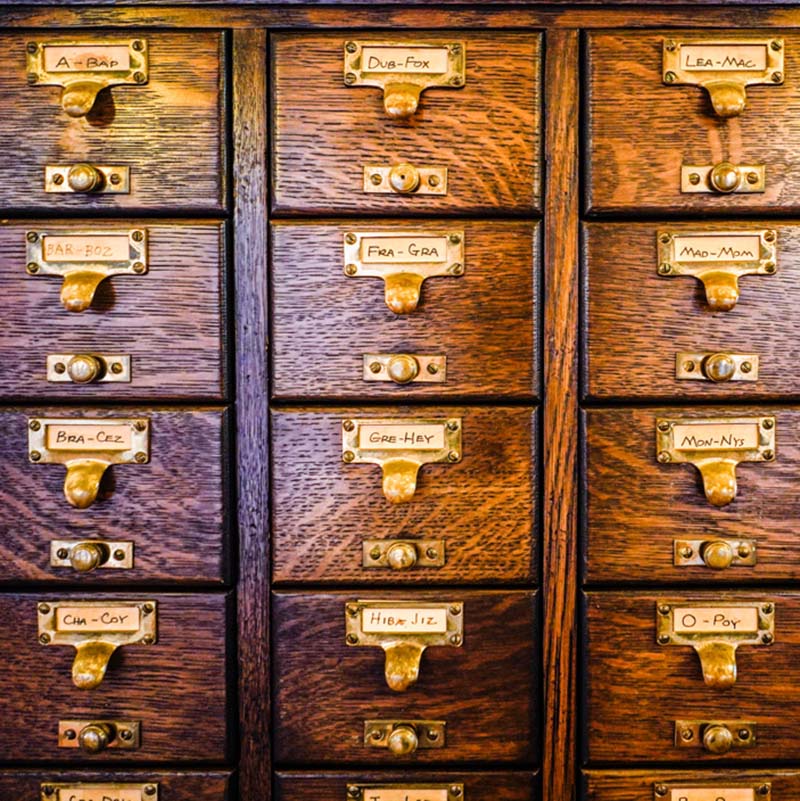
Words matter
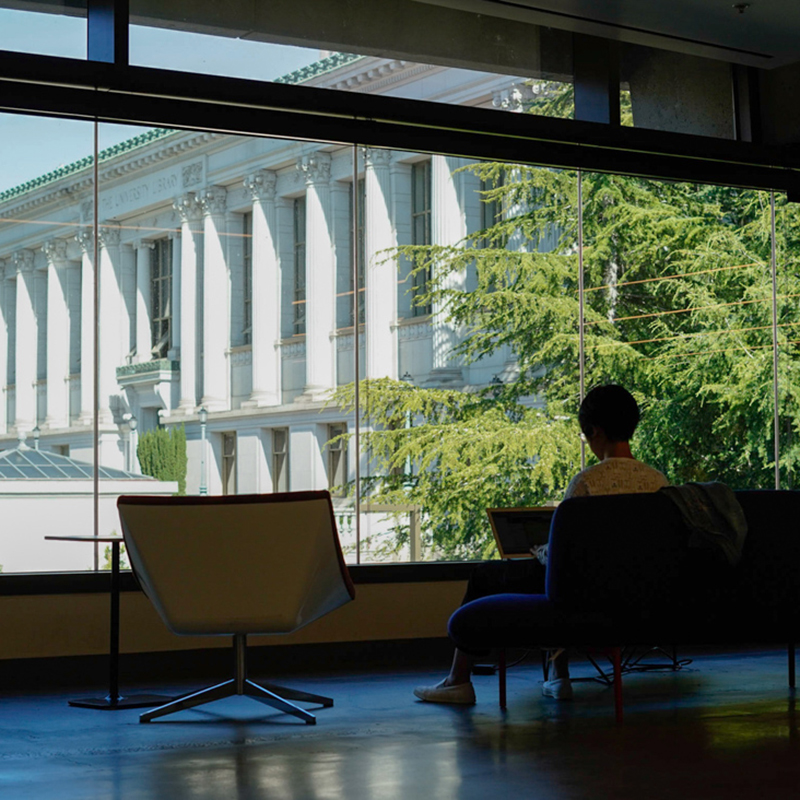
Solutions by students
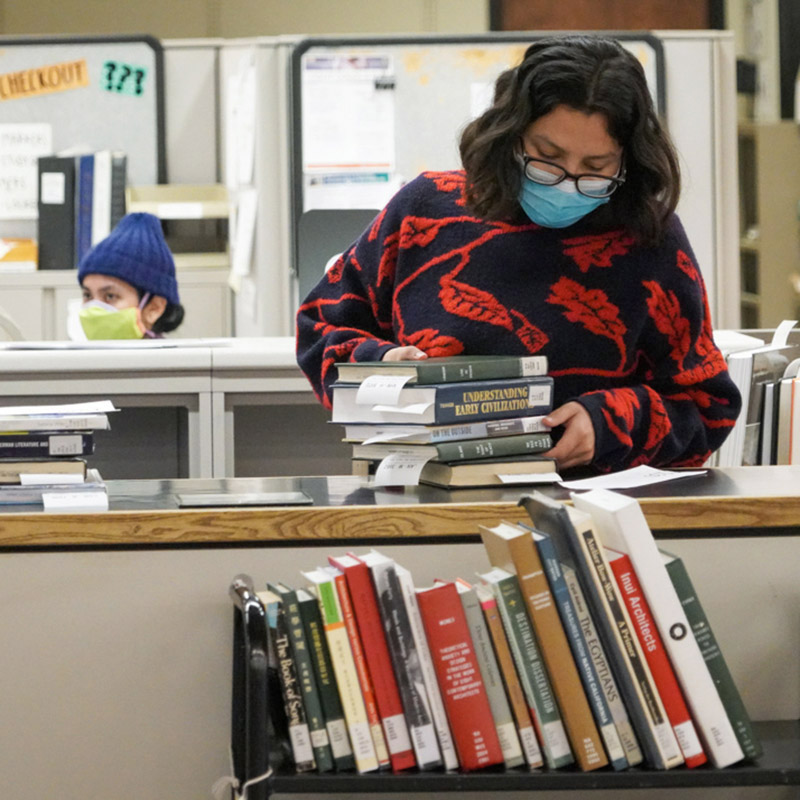
Knowledge to go
Nothing quite compares to the West. And now, The Bancroft Library is able to shine a brighter light on the region, thanks to the success of its Bancroft & the West campaign. Bancroft’s Western Americana materials, which comprise the library’s largest collection, document the vast region stretching from the Rocky Mountains to the Pacific Ocean, and from Alaska to Panama. Funds raised through the Bancroft & the West campaign help the library build this vital collection and connect materials with the communities they represent. The initiative, which publicly launched in spring 2018, has provided financial support for the preservation of Bancroft’s Western Jewish Americana archives; the acquisition and cataloging of artifacts that deepen our knowledge of California; the collecting of stories of women leaders at Berkeley; and many areas in between.
In recent years, momentum had been mounting to remove the controversial term “illegal aliens” from the Library of Congress’ standardized subject headings list. While an earlier effort was thwarted by conservative lawmakers, the UC Berkeley Library last year took a simple but significant step in support of inclusivity by layering the term “undocumented immigrants” into its 5,000-plus related records.
Last year, as cracks from the pandemic spidered into every aspect of life, the
Undergraduate Library Fellowship program went remote. The fellows proved
resilient, but something was missing. So starting in fall 2020, the program
shifted from having students work on their own projects to collaborating on
bigger efforts to help solve some of the Library’s most pressing challenges.
One team of fellows, for example, focused on outreach, with an emphasis
on diversity, equity, and inclusion. The team surveyed staff members about
resources to share with underrepresented populations, and developed an
easy-to-navigate database of multicultural materials. The peer-to-peer learning
program’s shift of direction nurtured true fellowship and reflected the user-centered
approach of the Center for Connected Learning, the innovative
new vision for a renovated Moffitt Library. “It’s just so wonderful seeing our
fellows grow as individuals,” says Kristina Bush, UC Berkeley’s digital literacies
librarian, who co-runs the fellowship program. “They’re all go-getters and
resilient. They’re going to rule the world someday.”
With the libraries suddenly closed, the UC
Berkeley community was cut off from one of its
most cherished resources: its physical collections,
the massive stockpile of information that fuels the
research and learning on campus, and far beyond. But
the Library couldn’t let that happen for long. During
the first fall semester of the pandemic, Oski Xpress,
a new contactless pickup service, was born. Through
the service — the first of its kind for the Library —
members of the Berkeley community could safely get
their hands on materials they otherwise wouldn’t be
able to access. After finding what they needed using
the Library’s online catalog, patrons could request
items and retrieve them at a pickup station at Moffitt
Library. Drawing on the circulating collections of
more than a dozen libraries, Oski Xpress kept the
knowledge flowing as the campus, and the world,
adjusted to a new way of living and learning.
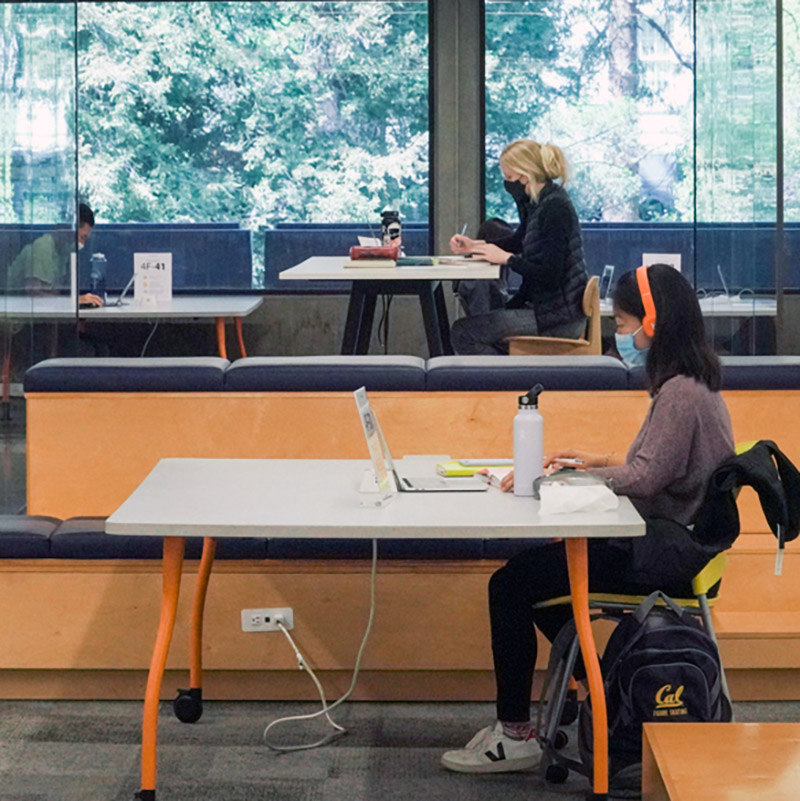
Opening our doors
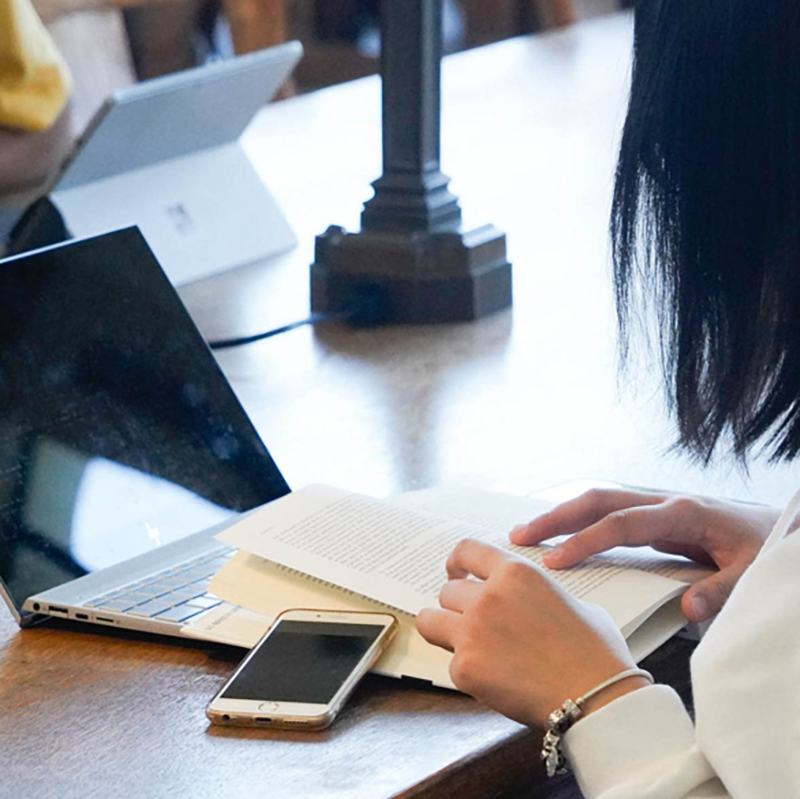
Data for everyone
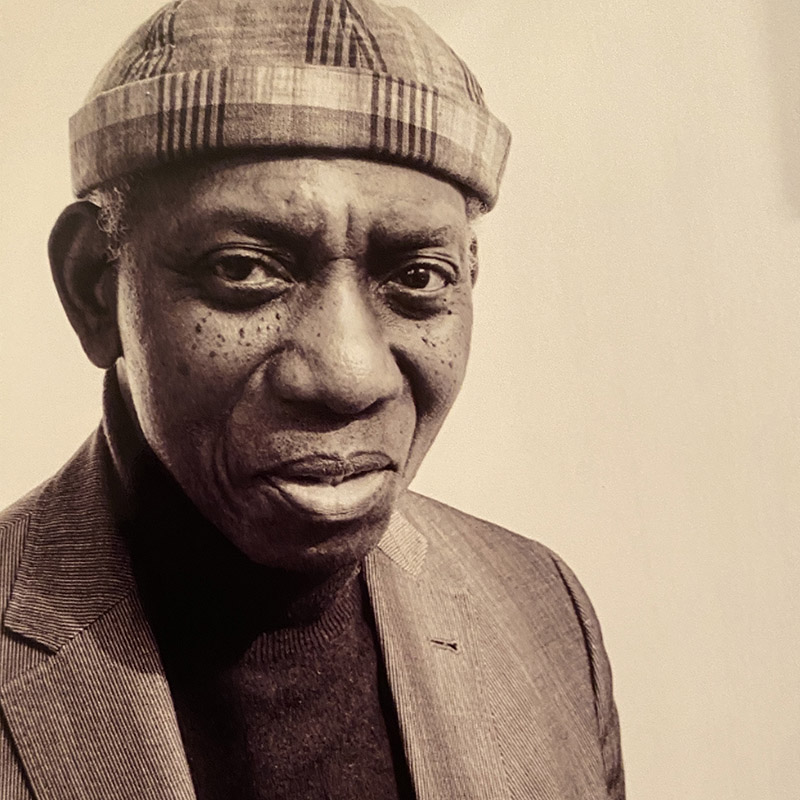
Virtual verses
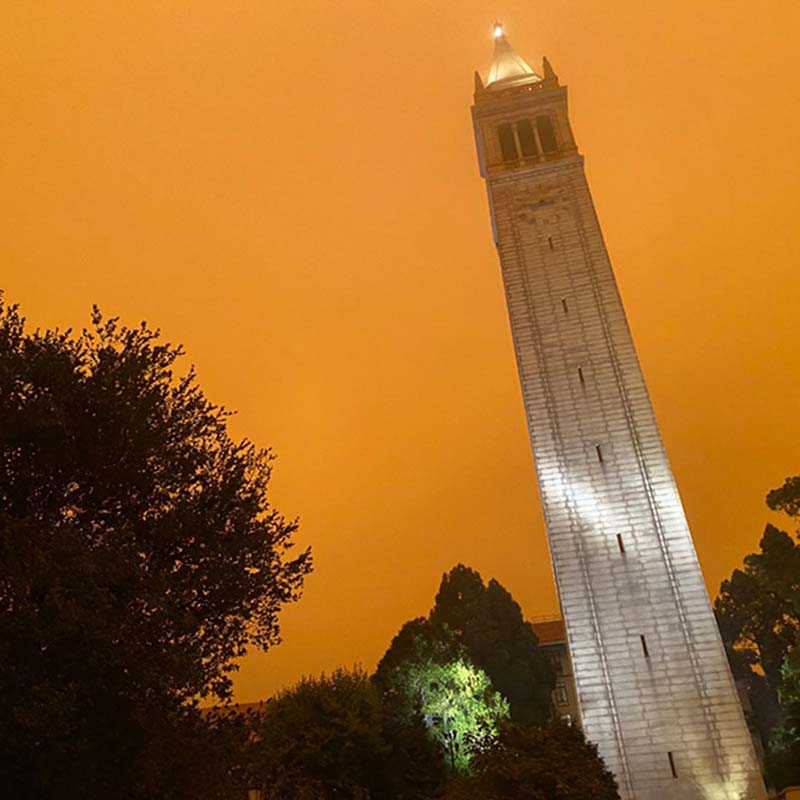
Looking within
Even amid widespread disruption, Berkeley’s research and learning didn’t stop. In the fall,
The Bancroft Library
began offering research
consultations by
appointment, allowing
scholars to safely view
the library’s world-class
treasures in person. Then,
in April, Moffitt became the
first library on campus to
open its doors to students.
With reservations required
and precautions in place,
the reopened Moffitt
proved popular among
students who had been
unable to visit for more
than a year.
The Library Data Services
Program helps students,
faculty, and researchers
of all stripes discover,
access, share, and
preserve data. This year,
the program got a strong
gust of wind in its sails,
growing its partnerships
and unifying its approach
to supporting the UC
Berkeley community.
Through a workshop
series on data analysis, in
collaboration with the Data
Peers program — one of
the many offerings this
year — undergraduates got
the chance to learn from
one another, lowering the
barriers to learning.
This is not poetry’s first
pandemic. The art form
has persisted for thousands
of years and will likely
live as long as there is
passion, anxiety, or hope to
be expressed. The ever-popular Lunch Poems
series likewise weathered
a difficult year, overcoming
isolation by moving its
monthly noontime program
from Morrison Library to an
online format. This year’s
series, hosted by Director
Geoffrey O’Brien, featured
readings by several
renowned poets, including
Pulitzer Prize winner Yusef
Komunyakaa.
Most of the Library’s time is dedicated to supporting
the greater UC Berkeley community. But when last
fall’s fires ravaged California and colored Bay Area skies
ember orange, Library leaders turned their focus inward.
In a Sept. 9 email to the Library’s 300-plus employees,
University Librarian Jeffrey MacKie-Mason spoke to the
cumulative challenges of the year. “Today’s orange skies
and pockets of darkness are ominous and unsettling
for some, beautiful for others, and perhaps a bit of
both for many,” he wrote. “I am not going to pretend
to understand how each of you is feeling today. 2020 is
complex. But I find hope in the fact that, through our
work, the Library is helping build a better, healthier
world.” The email was one of the year’s many internal
messages, sent frequently to celebrate successes, share
updates, and reflect upon the importance of supporting
one another during difficult times.
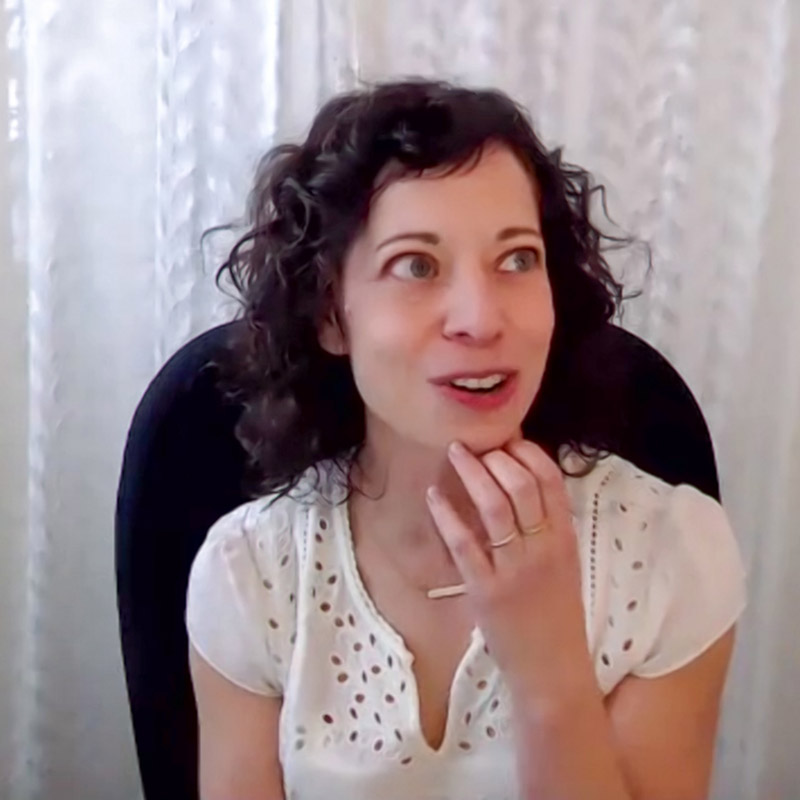
Cult conversation
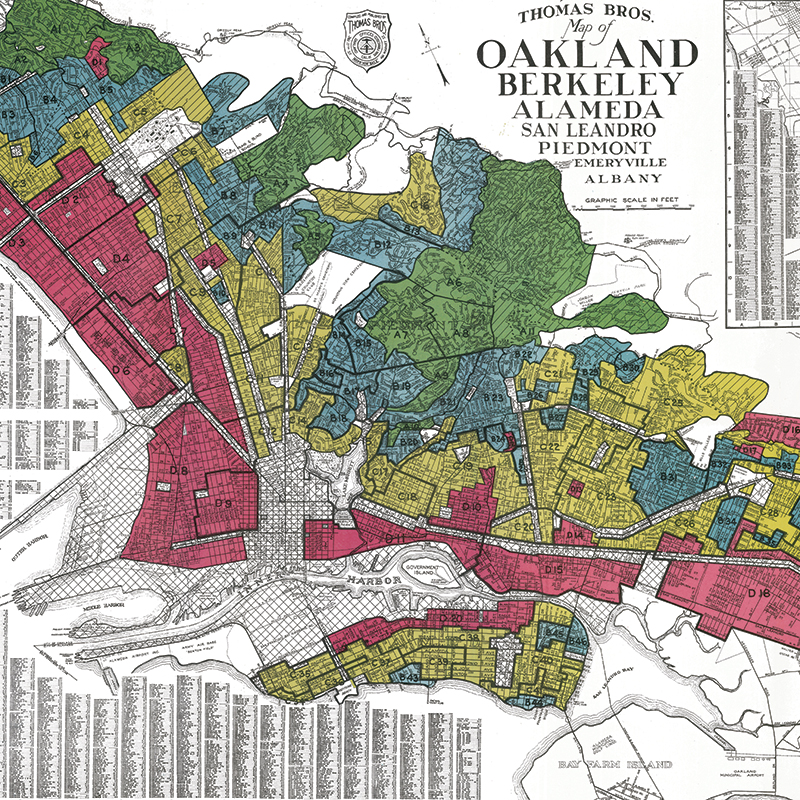
History’s red lines
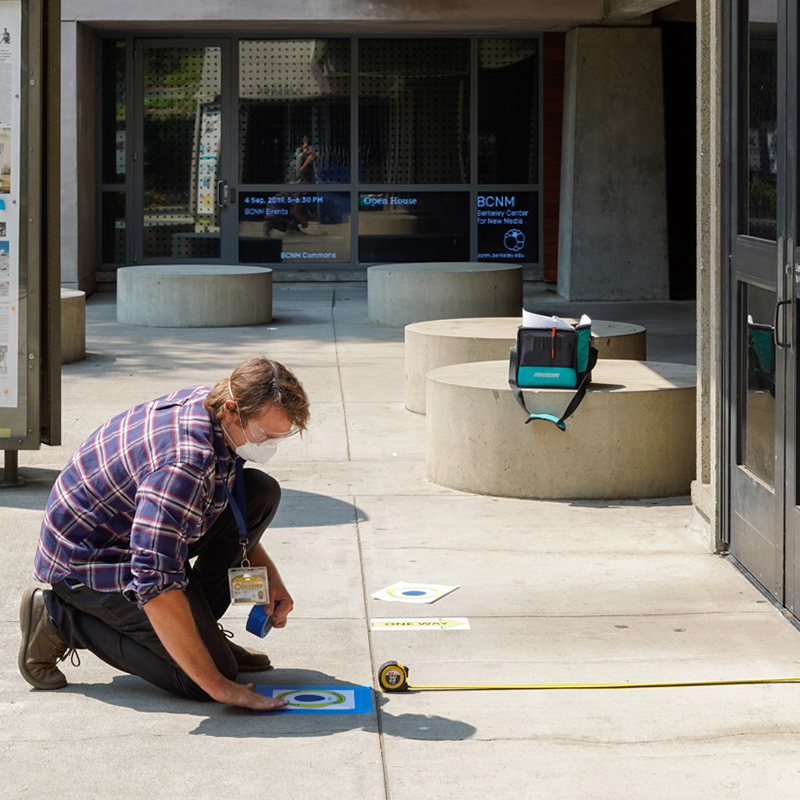
Standards, maintained
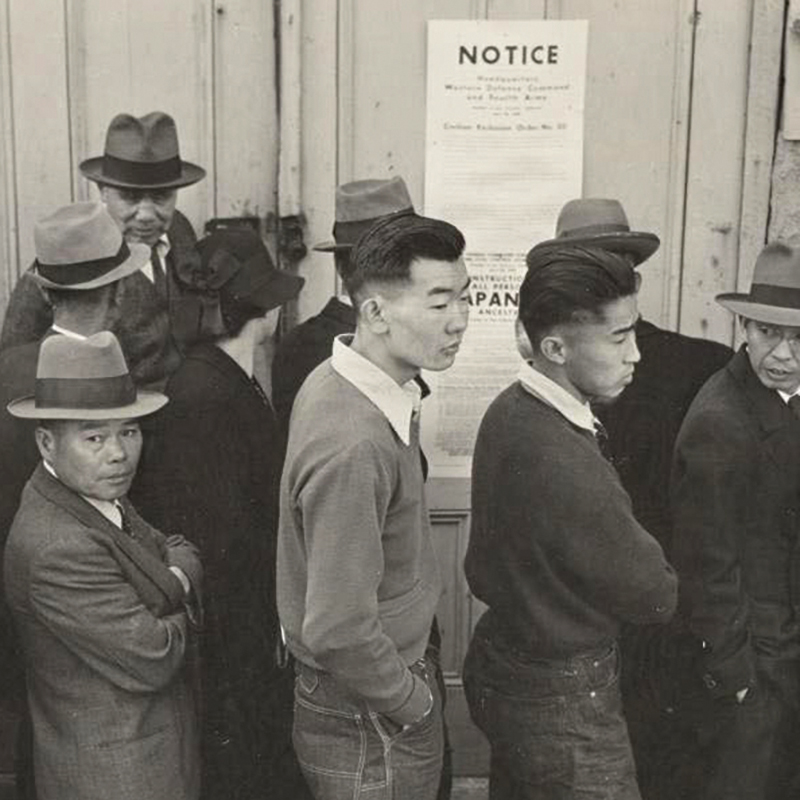
A harrowing chapter
No one just up and joins a cult, right? Turns out, the
reality is a bit more complicated than that. Author
Melanie Abrams unearthed this nugget, and more, during
her captivating, free-flowing talk — the centerpiece
of this year’s Luncheon in the Library. In January, at
the virtual event, Abrams lavished the audience with
insights and musings on her latest novel, last year’s finely
wrought Meadowlark, springing from a well of research
and her deep fascination with communes and closed
communities. She also detailed her research process and
spoke about parenting, which she called “the hardest
piece of being human.” Attendee Thomas Schneck ’61
was taken by Abrams’ talk. “She was thoughtful, sincere,
and shared a lot of information — some personal,” he
says. “Overall, her authorship is interesting because it
offers a complex tapestry into spirituality that is very
different from the conventional, at least for me.”
The Library is dedicated to helping people find the
information they need to build a better world. That’s why
the Library’s Berkeley Research Impact Initiative provided
funding to ensure that a study on the insidious long-term
effects of redlining would be free and available to the
public. The study by Berkeley scholars found that babies
born in California neighborhoods historically redlined —
denied federal investments based on the discriminatory
lending practices of the 1930s — are now more likely to
have poorer health outcomes. Rachel Morello-Frosch,
an author of the study and a professor in the university’s
Department of Environmental Science, Policy, and
Management, says she hopes that evidence of redlining’s
legacy can help pave the way for justice — a future in
which the same maps used to disenfranchise people of
color can be used to direct money to affordable housing,
community services, and public health.
While many staff members were working from home,
Doe Library and its interconnected network of libraries
were under the watchful eye of Sam Arrow. As facility
manager for the Doe complex, Arrow was on-site daily
to keep buildings in working order and to respond
to pressing needs. That work included planning for
construction projects and mapping out strategies for
the eventual reopening of buildings in accordance
with city, state, and campus health guidelines. Arrow
commends the crews that contributed to the upkeep of
buildings, despite decreased janitorial and maintenance
staffing. “Without the great work from our dedicated
campus technicians, none of us would be able to get any
work done,” Arrow says. “They come in day after day,
serving the campus to make it a better place to be.”
The records, like thousands of candles in the dark, cast
light on lives uprooted. During World War II, the War
Relocation Authority, or WRA, collected information
on each Japanese American who was forcibly confined,
including everything from height and weight to skills and
hobbies. This information now resides at The Bancroft
Library, which is believed to hold the only full set of
original WRA Form 26 individual records of those who
were incarcerated. With funding from a National Park
Service Japanese American Confinement Sites grant,
Bancroft is digitizing the forms. By harnessing machine
learning, a kind of artificial intelligence, the library is
extracting and transcribing the data to build a better,
more accurate, and more complete dataset. This year,
Bancroft digitized nearly 90,000 pages of Form 26
records, of a total numbering over 220,000 pages.
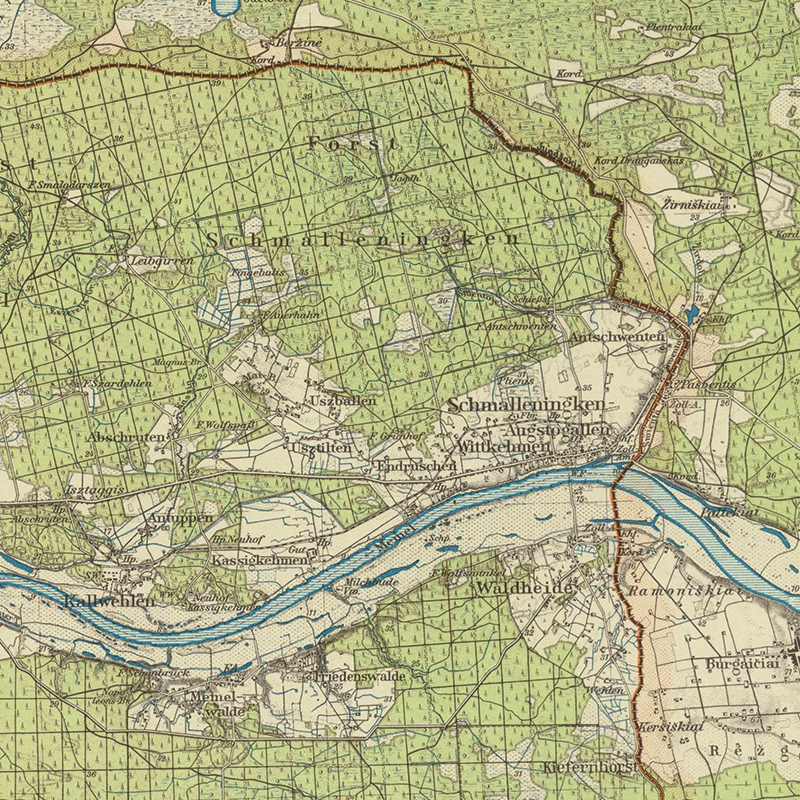
Mapping history
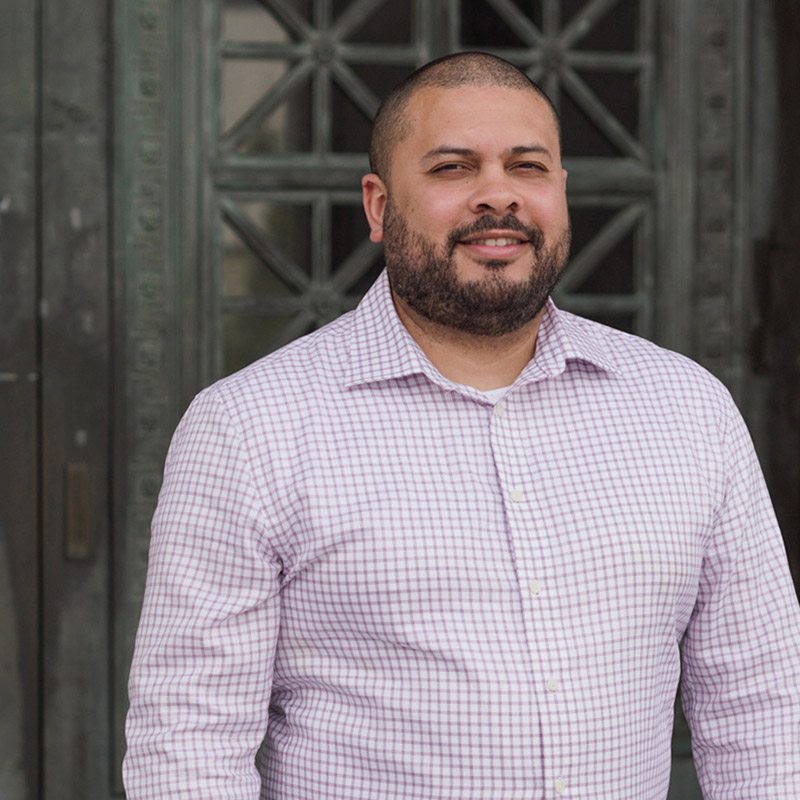
Pandemic protection
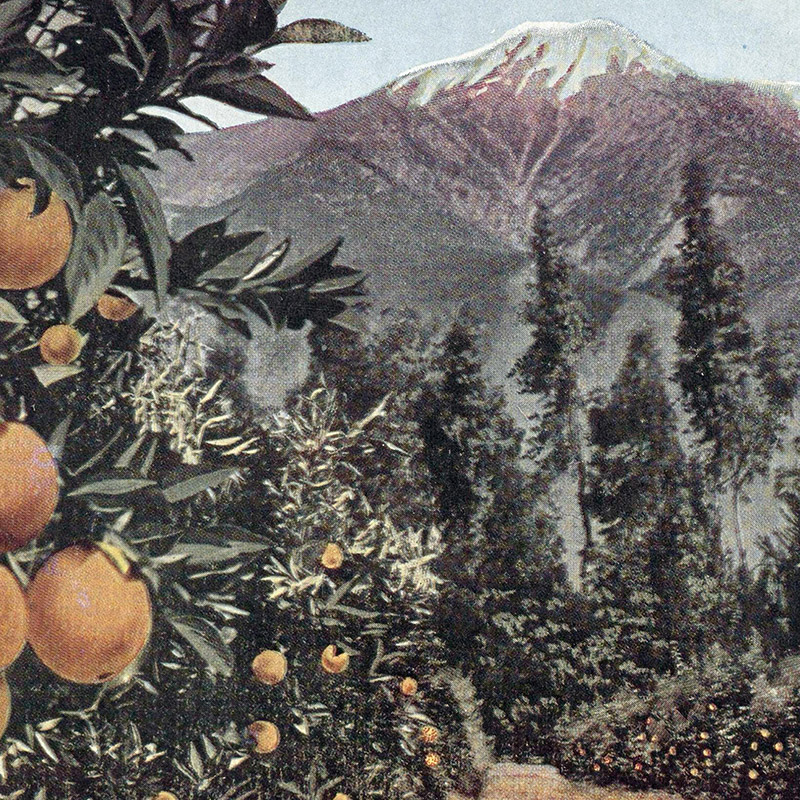
Vicarious voyages
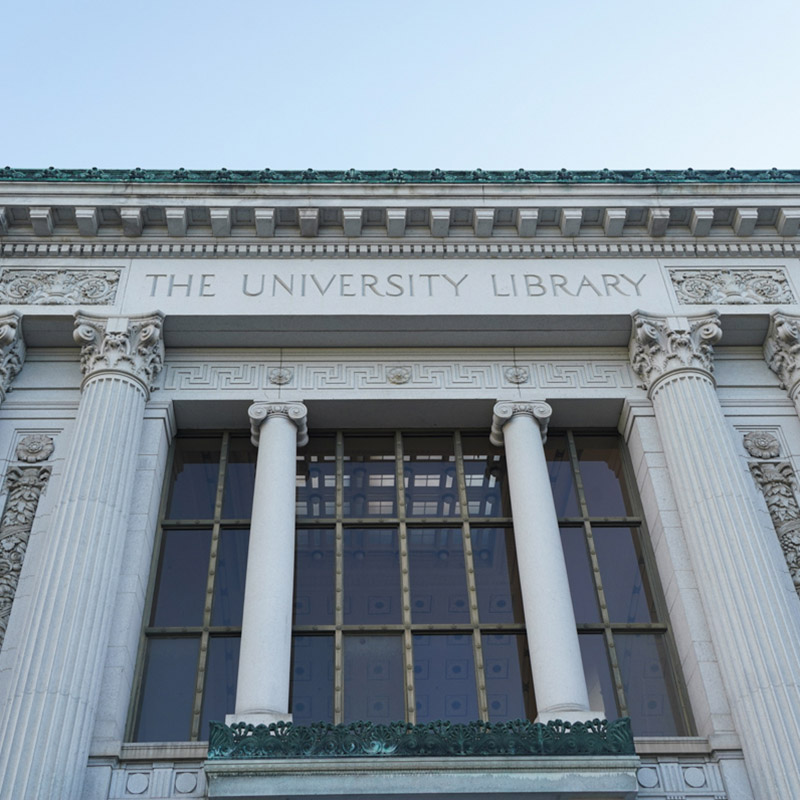
An open future
Those searching for truth in the historical record got a
new resource in fall 2020 with the launch of the Library’s
digitized German World War II Captured Maps Collection.
Over the past several years, the Earth Sciences and
Map Library team and its collaborators have cataloged,
scanned, and stored approximately 10,000 of the more
than 21,000 maps in the library’s holdings captured from
the German military during World War II. The maps
are important historical source materials. They allow
geographers, social historians, and genealogists to trace
families and communities during a time of great upheaval.
For researchers studying the history of science and
technology, the maps provide a rich trove for evaluating
the German surveying and mapping effort of the first half
of the 20th century. The maps also document the many
crimes of the Nazi dictatorship, making them invaluable
sources for historians seeking to understand the regime
and its horrific crimes.
If there’s one thing Tony Ayala is used to, it’s change.
“That’s kind of how security works,” says Ayala, head
of Library Security. “When there’s a change in your
environment, you need to respond.” It’s hard to imagine a
bigger change than the constellation of global disruptions
set in motion by the COVID-19 pandemic. Yet even as
Berkeley’s libraries were closed to the public, Library
Security kept a vigilant watch over the facilities and the
countless treasures they hold. Ayala credits his team for
going above and beyond during the early phase of the
pandemic, lending a hand to staff members who weren’t
in the office, helping people gather the belongings
they needed to work from home, and even going on a
“little scavenger hunt” to collect personal protective
equipment across the Library to be donated.
With most travel plans ground to a halt, the Library’s
digital collections offered visitors the chance to enjoy a
tour around turn-of-the-20th-century California through
10,000 postcards. Issued by San Francisco publisher
Edward H. Mitchell, the postcards in the then-newly
digitized collection sent viewers on a journey up the
Pacific Coast and around the American West. The nearly
comprehensive collection was compiled over many
decades by Walt Kransky, who generously donated it
to The Bancroft Library. Many Library staff members
collaborated to bring the Walter Robert and Gail Lynn
Kransky collection of Mitchell’s postcards online, with
work that included making thousands of high-resolution
scans and enhancing them with descriptive data. In
addition to great images, the collection provides insight
into the business of early postcard production and offers
significant opportunity for scholarship and close studies
of visual culture early in the 20th century.
In March, the University of California
announced that it struck a landmark deal with Elsevier, the world’s
biggest academic publisher. The deal, the largest of its kind in
North America, makes more UC research free for anyone around
the world who wants it, and nudges the scholarly publishing
industry toward a future where knowledge is available to everyone.
